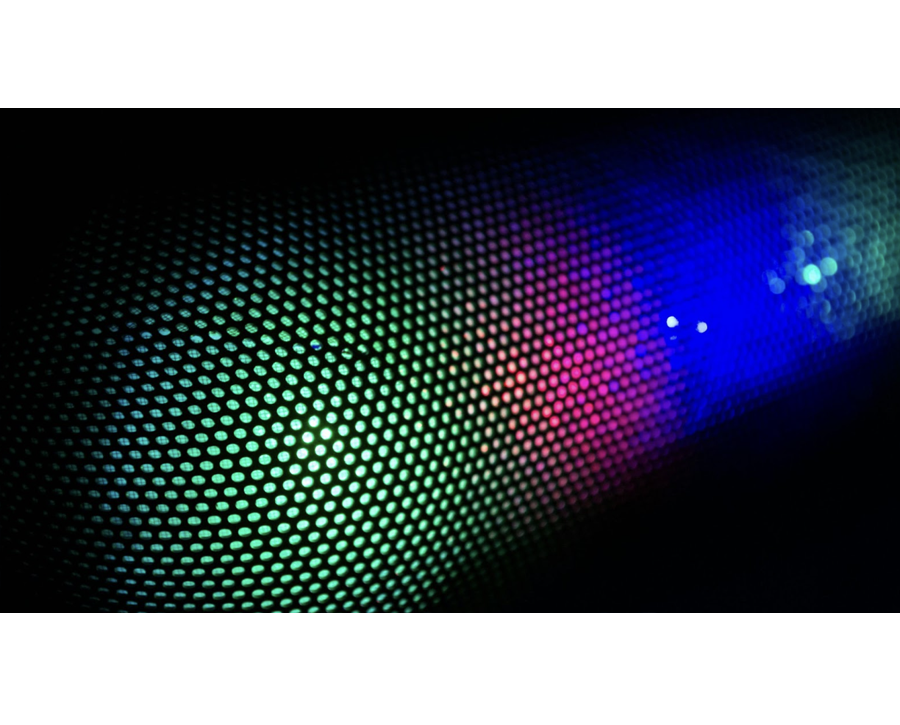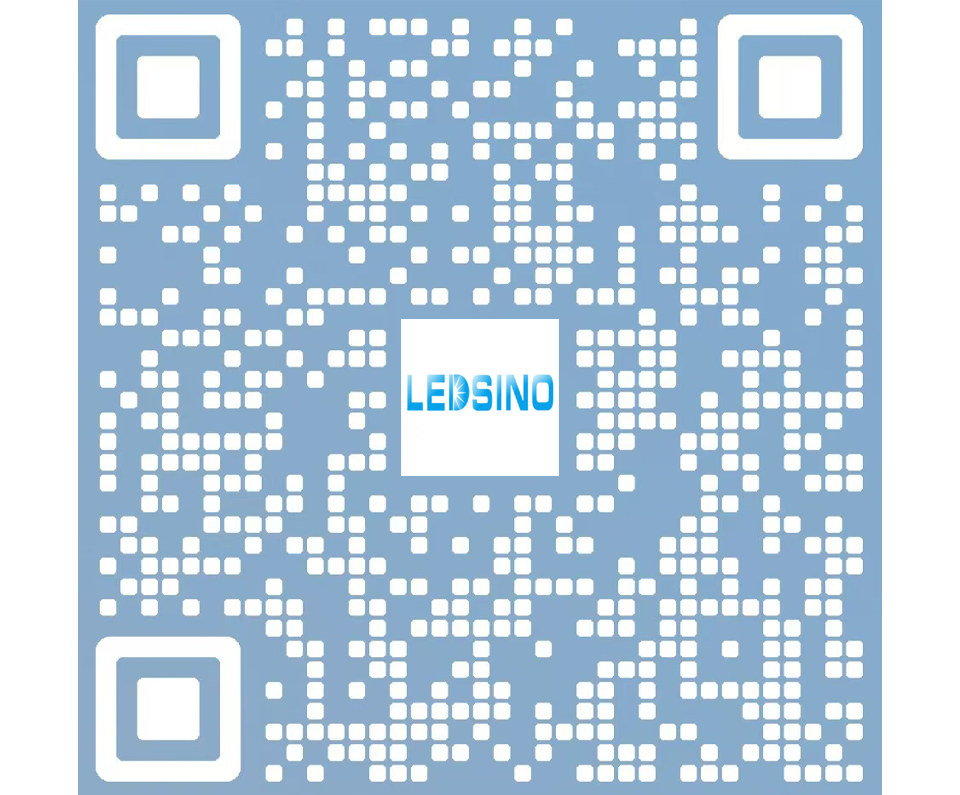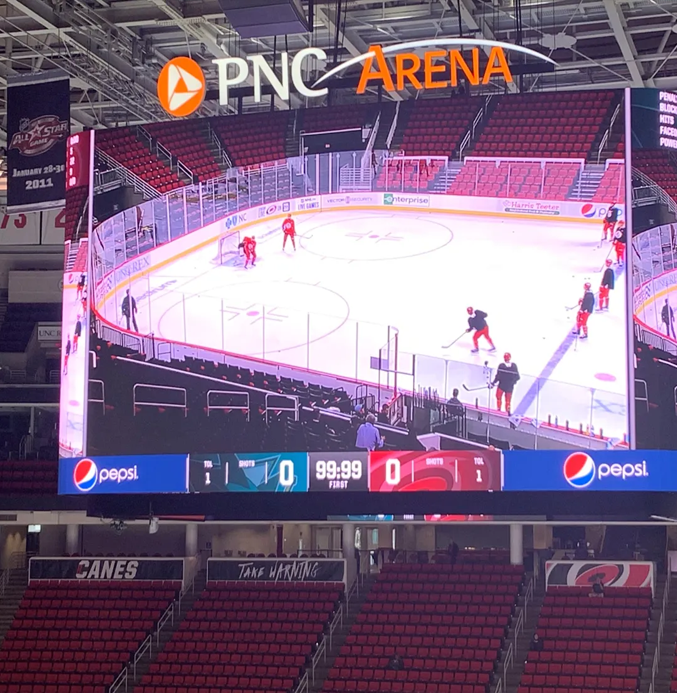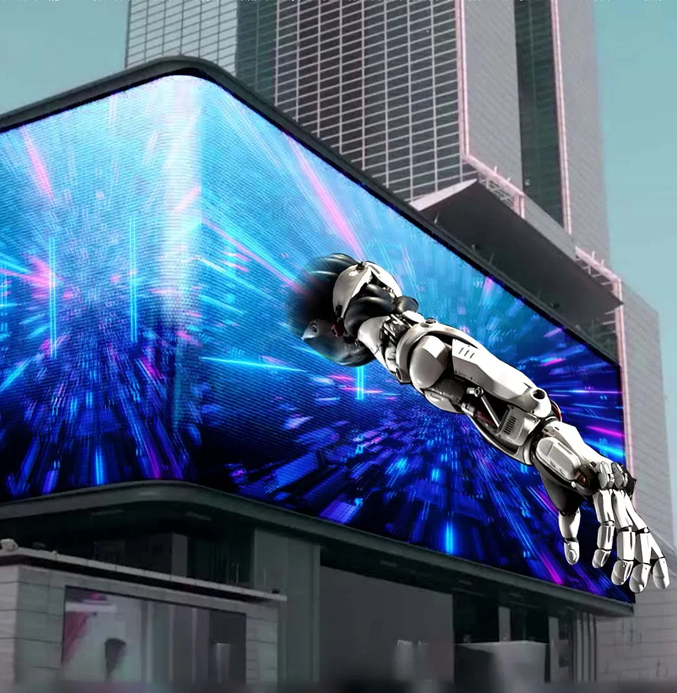
LED displays seem to have changed the way we watch digital images, whether on our smartphones, tablets or even giant billboards. If you have ever asked yourself the question about why LED displays are such a versatile tool or how to choose from the numerous types of LED displays, this is the right blog for you.
What Are LED Displays?
LED (Light light-emitting diode) displays utilize light-emitting diodes as pixel sources which produce sharp and vivid picture contrast. LED displays are different from the old technologies used in display because they are energy saving, brighter and can produce excellent colors.
The distinguishable characteristic of LED technology is its flexibility. LED technology is easily adaptable for a wide variety of applications; they can be embedded in transparent glass, and even flexible panels and screens. LED is involved in almost every screen you see—from ultra-high-resolution screens in the cinema, to smart interfaces in a shopping mall.
Types of LED Displays and Their Features
LED displays are available in various shapes and sizes to meet certain needs and other types. Here’s a closer look at the major types:
Indoor LED Displays
These are designed to be used under limited light environments including malls, conference and auditoriums. Indoor LED displays have high resolution and small pixel pitch, making shows easily visible at proximity to the screen. They emit moderate levels of light, and are not too bright while operating indoors.”.
Best Applications: ATMs, vending machines, conferences and conventions, theatres, museums, and exhibitions.
Outdoor LED Displays
Outdoor LEDs are specially designed to withstand the impact from sunlight, rain and dust and they are highly durable and very effective. : They normally come with waterproof casing and usually, the pixels are set higher to accommodate visibility from a distance.
Best Applications: Billboards, stadium screens, and roadside advertising.
Transparent LED Displays
These cutting-edge displays offer a futuristic, see-through design, ideal for glass surfaces. Transparent LEDs maintain visibility through the screen while showcasing dynamic visuals, combining aesthetics with functionality.
Best Applications: Storefront windows, exhibitions, and architectural projects.
Flexible LED Displays
Flexible displays can bend or curve, enabling creative installations in unconventional spaces. They’re lightweight and durable, offering freedom for unique designs and immersive experiences.
Best Applications: Curved screens for events, stage backdrops, and art installations.
Other Types
- Micro-LED Displays: Ultra-high resolution and brightness for applications like advanced VR headsets and premium TVs.
- Modular LED Displays: Panels configured into various shapes and sizes for tailored setups.
Each type of LED display has distinct advantages, making it crucial to match the technology to its intended use. From robust outdoor systems to transparent innovations, understanding these features ensures you select the right tool for the job.
Applications of Different LED Display Types
LED displays have transformed the digital world with their versatility, finding applications across various industries. Let’s explore how the different types of LED displays serve specific needs.
Indoor LED Displays
Indoor LED displays are prevalent in environments where controlled lighting conditions are essential. Their high-resolution capabilities make them perfect for locations that require close viewing distances.
Applications:
- Retail: These displays enhance shopping experiences by showcasing dynamic ads, sales, and product information.
- Corporate: Used in boardrooms and conference places, they allow business presentations with clear visualization.
- Entertainment Venues: Used in large projection scenes in cinemas, concert halls, and museums.
Outdoor LED Displays
Outdoor LEDs are designed for durability, brightness, and visibility in open environments.
Applications:
- Advertising: They are used commonly for billboards and for signs intended to be seen over large distances such as by the roadside.
- Events and Sports: Ideal for live event broadcast in stadium or performing arts, open air -concerts venue among others.
- Transportation Hubs: Found in airports, train stations, and bus stops to display schedules and information.
Transparent LED Displays
Clear LED displays are not only visually appealing but also practical to serve modern architecture and retail needs.
Applications:
- Storefront Displays: Allowing business establishments to promote goods and services while allowing people to see through the glass.
- Architectural Designs: Enhance buildings with dynamic lighting effects integrated into glass surfaces.
- Exhibitions: Attract attention in trade shows with futuristic, eye-catching designs.
Flexible LED Displays
Flexible LED displays cater to creative installations that break away from traditional flat screens.
Applications:
- Event Backdrops: Provide unique, curved displays for concerts and performances.
- Retail Displays: Offer visually dynamic advertising that fits unconventional layouts.
- Art Installations: Used in galleries to create immersive, bendable visual experiences.
Specialized Applications
- Micro-LED Displays: Found in premium TVs, VR headsets, and high-tech gadgets for superior resolution and compactness.
- Modular LED Displays: Common in large-scale events where custom setups are required.
Advantages and Disadvantages of Each Type of LED Display
Your needs should guide you in choosing an LED display. Weigh their pros and cons to choose what works best for you. Here’s an overview:
Indoor LED Displays
- Advantages:
- High resolution ensures sharp and vibrant visuals for close viewing.
- Ideal for controlled environments like offices and retail spaces.
- Compact and lightweight design for easy installation.
- Disadvantages:
- Limited brightness compared to outdoor displays.
- Not weatherproof, restricting use to indoor locations.
Outdoor LED Displays
- Advantages:
- Superior brightness and weather resistance for outdoor visibility.
- Durable construction ensures long-lasting performance in varying conditions.
- Excellent for large-scale advertising and event broadcasting.
- Disadvantages:
- Higher installation and maintenance costs.
- Lower resolution compared to indoor displays due to increased pixel pitch.
Transparent LED Displays
- Advantages:
- Stylish and modern design suitable for premium locations.
- Allows simultaneous display of visuals and transparency for visibility through screens.
- Energy-efficient compared to traditional displays.
- Disadvantages:
- Expensive compared to standard LED displays.
- Limited brightness and viewing angles in certain conditions.
Flexible LED Displays
- Advantages:
- Creative freedom for designing curved or irregular-shaped installations.
- Lightweight and portable for temporary setups.
- High impact for artistic and immersive visual presentations.
- Disadvantages:
- Lower resolution and durability compared to rigid displays.
- Higher costs due to specialized manufacturing.
Specialized LEDs
- Micro-LED Displays:
- Advantages: Unparalleled resolution and brightness.
- Disadvantages: Extremely costly and limited in availability.
- Modular LED Displays:
- Advantages: Customizable sizes for specific needs.
- Disadvantages: Complex installation and potential for visible seams between modules.
Choosing the Right LED Display for Your Needs
However, in selecting the right LED display, you have to analyse function, use case, as well as specifications. Let’s break down the factors to consider when choosing the perfect LED display:
Define Your Purpose and Location
Start by clarifying the purpose of the display. These of course being advertisement, entertainment and Information. The application mentioned above contributes to choosing the type of LED. For instance, outdoor displays are needed to withstand some conditions such as weather and have higher brightness levels.
While for indoor LEDs, resolutions and design take precedence. Furthermore, view distance will determine the size of the screen as well as the pitch of the pixels.
Key factors to assess location and purpose include:
- Indoor or Outdoor Usage: Outdoor displays have to be weatherproof and brightly displayed while indoor displays need to be of high resolution and aesthetic.
- Viewing Distance: Larger displays with lower pixel densities are preferable for people further from the screen so that they can see images clearly.
- Ambiance: Consider lighting conditions, such as direct sunlight or dimly lit interiors, to match display brightness levels appropriately.
Budget and Technical Specifications
Budget constraints often determine the size, type, and features of an LED display. Prices vary widely depending on pixel density, brightness, and advanced features like interactivity. While keeping your budget in mind, evaluate technical aspects to ensure the display fits your specific needs. A high-refresh-rate screen may be essential for broadcasting, but not as critical for static retail advertising.
Important technical factors to consider include:
- Pixel Pitch: Lower pixel pitch provides better resolution and is crucial for close viewing distances.
- Brightness Levels: Outdoor displays need higher nits for clear visibility under sunlight.
- Energy Efficiency: Look for energy-saving models to reduce operational costs over time.
- Durability: Weatherproof features and strong materials are essential for outdoor screens.
Evaluate Longevity and Ease of Maintenance
The durability of an LED display is a long-term investment factor. Outdoor screens, in particular, require rugged builds to handle weather changes. Additionally, maintenance ease is crucial to minimize downtime. Displays with modular designs allow for quick replacements of faulty panels, reducing repair costs and time.
When selecting your display, always consider the warranty and service options offered by the manufacturer or vendor. Robust support ensures you’ll have assistance in case of unexpected issues. Finally, if possible, test the screen before committing to purchase. This provides first hand insight into performance, color accuracy, and overall quality.
Conclusion
It is for you to decide depending on your preferences whether to opt for the giant screens or go for the IMAX cinemas. There is an old adage to the effect that while IMAX makes you feel you are there, giant screens offer you the real opportunity to be there.

Enter the digital world with our advanced display technologies.


